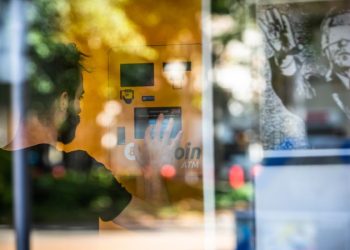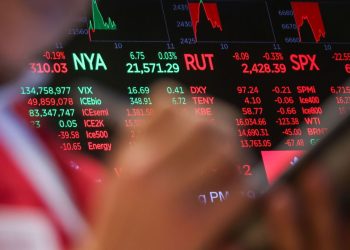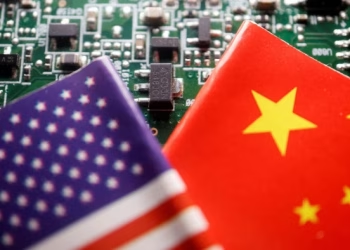“The next time Amazon touts its Prime Days savings, remember this: Prices during sales aren’t always better,” writes a Washington Post technology columnist. “I have the receipts to prove it.”
On average, I would have saved almost nothing during Amazon’s “Prime Big Deal Days” in the fall – and for some major purchases, I would have actually paid more love. For the sale which took place on October 7 and 8, my family showed up prepared. We had a shopping list with the prices we were tracking… A TV stand he was looking at jumped 38% to $379, up from $275 on October 2. Same story for a few other big-ticket items on its list: Another console went from $219.99 to $299. These products weren’t listed as “big deals” on the site, but we certainly didn’t expect their prices to increase during Prime Days.
And in other cases, Amazon marketed discounts that turned out to be the exact price it had been charging in recent weeks. One example: An Oral-B electric toothbrush was 39% off, but actually the same price as in August… Other consumer advocates have warned that a common trick is for Amazon to offer artificially inflated “before” prices to make discounts appear deeper than they are. Ahead of Amazon Prime Day 2017, the nonprofit Consumer Watchdog reported that 61 percent of reference prices on Amazon were higher than any price the company had charged for those items in the previous 90 days… I found products listed as Prime Day discounts that cost the same price I had paid less than a month earlier. For example, a package of coronavirus tests I purchased on September 12 was the same price as on October 8, but marked as “39% off.” Amazon said I got a particularly good deal in September, and that Prime Big Deal Days pricing offers “significant savings compared to the typical price customers have paid on Amazon in the last 90 days…”
To really get a good deal on Amazon, go with a plan. I use a free website called CamelCamelCamel, which tracks historical Amazon prices. You can see what a discount actually is and set alerts when prices drop from your target.
The reporter verified all non-food purchases made on Amazon for six months. Purchasing the same products during Amazon’s Big Deal Days would have saved just 0.6%. “And that doesn’t include the $139 annual fee to be an Amazon Prime member.”









